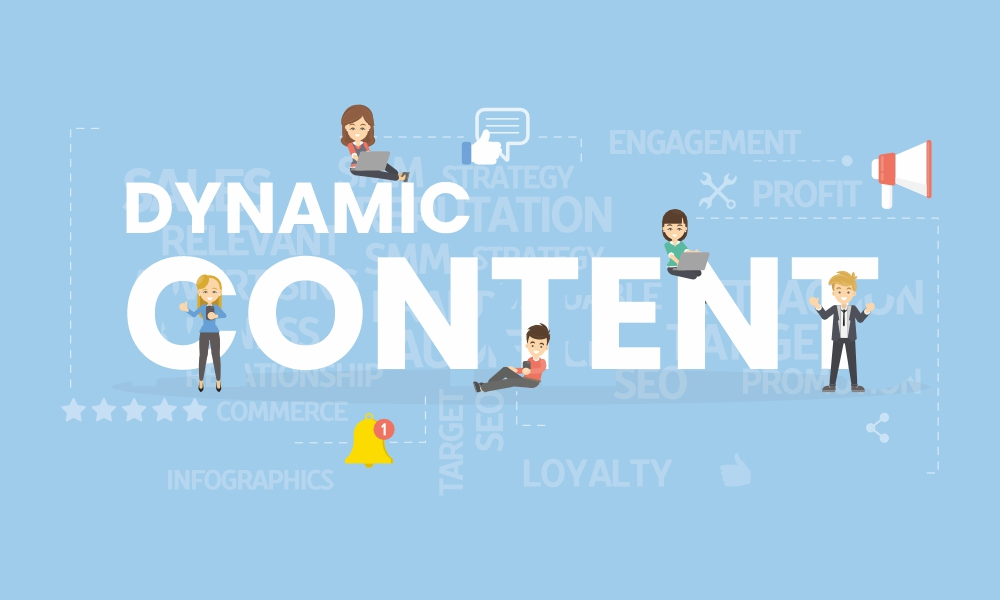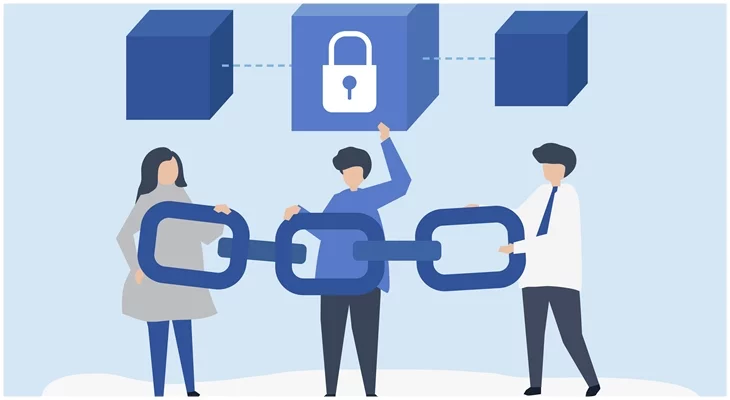Imagine you visited a website and saw product suggestions that exactly match your interest, or you received a personalized email with your name that suggests products you just looked at. That's what dynamic content is about. As it is capable of clever methods and provides personalization of user experiences.
In today’s digital world, users want personalized experiences. Whether it is an online store that shows recommendations of products or a news website displaying local headlines, businesses use this content to make interactions more relevant. This content changes based on the user category. However, static content remains the same for every visitor. This improves engagement and helps businesses connect with their audience in a more meaningful way.
If you have ever wondered how websites and emails seem to ‘know’ what you like, dynamic content is the secret. In this blog, we will understand what this content is, the way it works, and the way to use it. Whether you are running an e-commerce store, a marketing campaign, or a blog.
What is Dynamic Content?
Dynamic content is digital content that includes images, text, videos, or advertisements. It changes automatically based on user information. It adapts to different visitors and makes relevant experience for them. For example,
- Personalized Emails: Hi [Name], check out these recommended products!
- Website Banners: A travel site showing winter deals to users from cold regions.
- E-commerce Recommendations: ‘Customers who bought this also liked...’
- Localized Content: A restaurant website displaying the nearest branch based on your location.
Such personalization creates a sense of being understood among users, making them more likely to engage and convert. It works by using data like user location, past purchases, browsing history, and device type.
Why Use Dynamic Content?
- Better User Engagement: People prefer content that feels made for them. This content keeps visitors interested by showing what matters to them.
- Higher Conversion Rates: It provides personalized product suggestions or targets that offer increased chances of sales. For example, as per reports, Amazon’s recommendation engine drives 35% of its revenue.
- Improved Customer Experience: No one likes irrelevant ads. Dynamic content ensures users see useful information, improving satisfaction.
- Saves Time & Effort: Instead of creating multiple versions of a webpage or email, this content automatically adjusts for different users.
How Does It Work?
Dynamic content relies on:
- User Data: Collected via cookies, past interactions, or login details.
- Content Management Systems (CMS): Platforms like WordPress or HubSpot support dynamic content.
- Rules & Triggers: Conditions set to display specific content (e.g., show summer deals if the user is in a hot climate).
- Example Scenario: A fitness website detects a user searching for ‘yoga mats.’ The next time they visit, the homepage shows yoga-related products and blog posts.
How to Use Dynamic Content Effectively?
Having the content dynamic is not enough; you should design a strategy to make it work. Here's how to use it effectively:
Start With Clear Goals
First, decide what you want to achieve, whether it is higher sales, better engagement, or more sign-ups. Your content should align with these goals.
Use Reliable Data
Collect user information ethically (with consent) and keep it updated. Tools like Google Analytics and CRM software help track behavior. The more accurate the data is, the better the personalization.
Segment Your Audience
Not all users are the same. Group them based on demographics (age, location, gender), behavior (frequent buyers, cart abandoners), and device (mobile vs. desktop users). Then, design the content accordingly.
Test & Optimize
Run A/B tests to see which version of dynamic content performs best. For example, try different email subject lines or homepage banners.
Balance Personalization & Privacy
As personalization improves the experience, avoid being creepy. Always follow the privacy laws like GDPR.
Use Automation Tools
Platforms like HubSpot, Mailchimp, and Dynamic Yield help automate the content delivery.
Types of Dynamic Content
1. Personalized Emails
- Use the recipient's name.
- Recommend products based on past purchases.
- Send abandoned cart reminders.
2. Dynamic Website Content
- Change homepage banners based on user interests.
- Show location-specific offers.
- Adjust language based on the visitor’s region.
3. Pop-ups & CTAs
- Display different sign-up forms for new vs. Returning visitors.
- Show exit-intent offers to users about to leave.
4. Product Recommendations.
- ‘Frequently bought together’ sections.
- ‘You may also like’ suggestions.
Real-World Examples
- Netflix: Shows different thumbnails and recommendations based on viewing history.
- Spotify: It creates personalized playlist depending on the listening habits of the user.
- Airbnb: Displays property recommendations based on past searches and locations.
Is Dynamic Content Good for SEO?
Yes! When used correctly, this content can boost SEO in several ways:
1. Lower Bounce Rates
If the content is relevant, it keeps the visitor engaged on your site for a long time. This reduces the bounce rate, which is a positive signal for search engines.
2. Improved User Experience
Google prioritizes websites that offer a great experience. This content makes navigation easier and more personalized.
3. Higher Conversion Rates
More conversions (sales, sign-ups, downloads) indicate a high-quality site, which can improve rankings.
However, there are a few SEO considerations:
- Prevent Duplicate Content: Make sure search engines index your dynamic URLs correctly.
- Maintain Fast Loading Speed: Too many dynamic elements can slow down a site.
- Use Structured Data: It helps search engines understand your content better.
When done right, dynamic content improves user experience and boosts SEO.
Common Mistakes to Avoid
- Over Personalization: Don't make it creepy (e.g., ‘We noticed you looked at this product 10 times!’).
- Ignoring Mobile Users: Ensure dynamic content works well on all devices.
- Not Updating Data: Old or incorrect data leads to irrelevant content.
Final Thoughts
Dynamic content is a necessity for businesses that want to stay competitive. It is a game-changer for businesses looking to enhance their user experience and drive conversions. By showing the right content to the right people at the right time, you can significantly improve engagement & sales and build strong customer relationships.
Start small and use personalized emails or targeted product recommendations. As you gather more data, expand your content strategy for even better results, including website content, ads, and more. The key is to keep refining based on user feedback and analytics. Have you tried this content yet?
Explore more informative content on KnowledgeNile!
FAQ
1. What are the benefits of dynamic content?
Answer: This type of content is helpful to increase engagement and drive conversions, and it improves user experience by showing personalized content. It also saves time because it automates updates and makes marketing more effective.
2. Why is dynamic content important?
Answer: It helps businesses to provide relevant messages, minimizes bounce rates, and builds stronger customer relationships by adapting content to individual choices.
3. How do I access dynamic content?
Answer: To access dynamic content, use tools such as HubSpot, Mailchimp, or Shopify as they allow dynamic content. Collect user information (such as browsing history) and define rules to display personalized content.
4. What is dynamic content optimization?
Answer: It optimizes dynamic content by A/B testing, segments the audiences, and does performance tracking. This increases engagement and conversion rates.
Read More:
SynthID Detector: An All-in-One Tool to Detect AI-Generated Content
Personalized Content Marketing Strategy Explained





